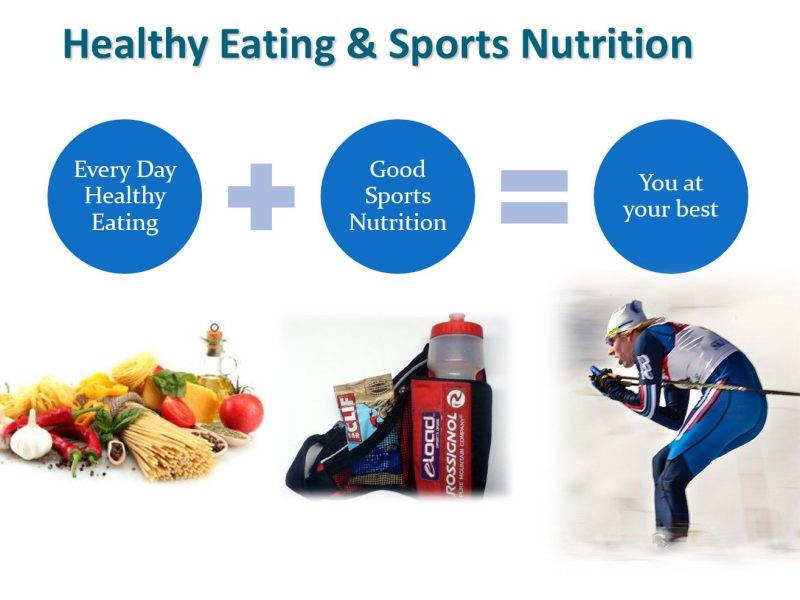Teaching kids about healthy eating from a young age is essential for their overall well-being and development. By instilling healthy eating habits, you are providing them with the tools they need to make informed decisions about their diet and maintain a healthy lifestyle throughout their lives.
The Importance of Teaching Healthy Eating
Childhood obesity rates have been on the rise in recent years, and this can be attributed to unhealthy eating habits and a lack of physical activity. By teaching kids about healthy eating, you are empowering them to make healthier choices and reduce their risk of developing health problems such as diabetes, heart disease, and high blood pressure.
Furthermore, a nutritious diet is crucial for a child’s growth and development. It provides the necessary nutrients, vitamins, and minerals that support brain function, bone growth, and immune system strength. By consuming a well-balanced diet, children can excel academically, physically, and emotionally.
Getting Started
The first step in teaching kids about healthy eating is educating yourself. Familiarize yourself with the principles of a balanced diet and establish a firm understanding of the different food groups and their nutritional benefits. This knowledge will enable you to provide accurate information and answer any questions your child may have.
Once you have a solid foundation, involve your child in meal planning and grocery shopping. Encourage them to help select healthy options, read labels, and understand the difference between whole foods and processed foods. This involvement gives them a sense of responsibility and ownership over their food choices.
Making Healthy Eating Fun
One of the most effective ways to teach kids about healthy eating is to make it enjoyable. Create a positive environment by introducing nutritious foods in a variety of colors, textures, and flavors. Encourage them to try new fruits, vegetables, and whole grains by making it an adventure or game.
Incorporate cooking activities into your routine; this not only teaches them about different ingredients but also provides an opportunity to discuss the nutritional value of each food item. Let them help with meal preparation, such as washing vegetables or stirring ingredients. Children are more likely to eat foods they have helped prepare.
Leading by Example
As a parent or caregiver, your role in promoting healthy eating is crucial. Children are observant and tend to imitate the behavior of those around them. Set a positive example by consuming balanced meals and making healthy food choices.
Involve the entire family in mealtimes. Sit together at the table, turn off distractions like television or cell phones, and focus on enjoying each other’s company. Use this time to discuss the importance of healthy eating and share information about the nutritional value of the meal being served.
Moderation is Key
Teaching kids about healthy eating doesn’t mean completely eliminating treats or snacks. It’s essential to teach them about moderation and balance. Demonstrate that it’s perfectly okay to enjoy a small portion of their favorite dessert or indulge in a treat occasionally.
Encourage them to listen to their body’s hunger and fullness cues. Teach them the difference between emotional eating and eating to nourish their bodies. Help them develop a healthy relationship with food, free from guilt or restriction.
Staying Consistent
Consistency is key when teaching kids about healthy eating. Incorporate healthy eating habits into their daily routine and make it a long-term commitment. Avoid labeling foods as “good” or “bad” as this can create an unhealthy relationship with food. Instead, focus on the overall balance of their diet.
Continue educating them about nutrition and keep introducing new foods and recipes. Encourage open communication about food choices and the importance of nourishing their bodies. Over time, these lessons will become ingrained habits that they will carry into adulthood.
Final Thoughts
Teaching kids about healthy eating is an investment in their future. By providing them with the knowledge and skills to make informed food choices, you are equipping them for a lifetime of health and well-being. Remember to make the process enjoyable, lead by example, and practice consistency. Together, we can create a generation of individuals who prioritize their health and make positive choices when it comes to what they eat.


